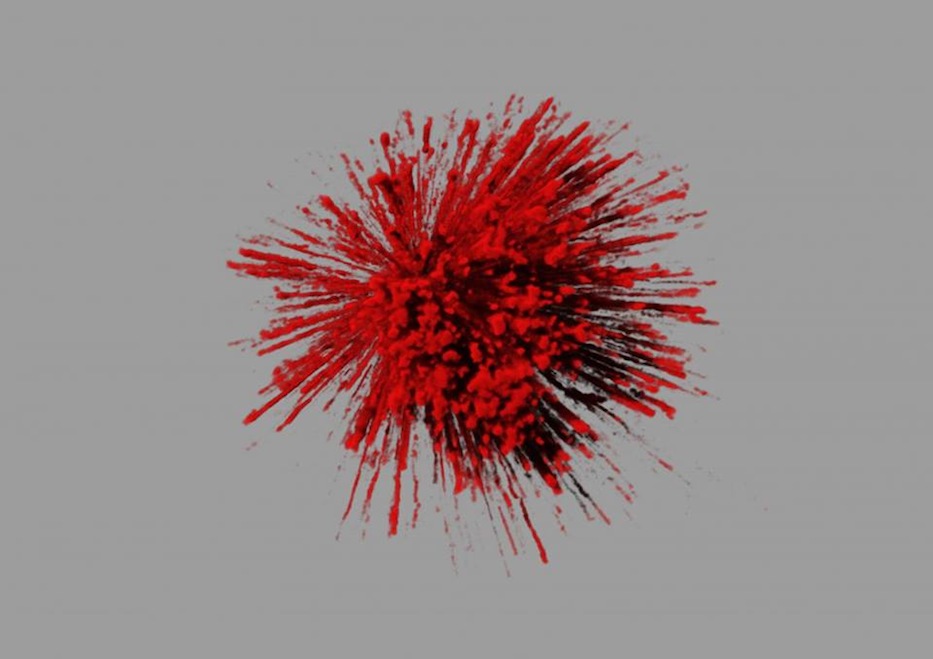
Questo post l'ho tradotto anche in inglese in modo da farlo leggere anche al professor James Burchfield del Garvan Insitute of Medical Research (Australia), autore di questa bellissima foto.
È un’istantanea dell’attività delle proteine GLUT4, cioè quelle proteine che lavorano come butta-dentro alle porte delle cellule di grasso e di muscoli.
Si chiamano glucotrasportatori e hanno il compito di facilitare l’ingresso deagli zuccheri, molecole piuttosto grosse, attraverso la superficie delle membrane cellulari (continua)

Questa bellissima foto è stata realizzata dal professor James Burchfield del Garvan Insitute of Medical Research (Australia).
È un’istantanea dell’attività delle proteine GLUT4, cioè quelle proteine che lavorano come butta-dentro alle porte delle cellule di grasso e di muscoli.
Si chiamano glucotrasportatori e hanno il compito di facilitare l’ingresso deagli zuccheri, molecole piuttosto grosse, attraverso la superficie delle membrane cellulari. In pratica dopo aver mangiato una pizza, un piatto di pasta o una fetta di torta, gli zuccheri che galleggiano nel sangue vengono "acchiappati" dall’ormone insulina che, come un pastore che raduna le pecore all’ovile, raduna gli zuccheri verso le membrane delle cellule dei muscoli e del grasso. E lì trovano il GLUT4, che come un solerte portinaio, favorisce la loro entrata.
Nel diabete di tipo II questo meccanismo non funziona, per questo il sangue rimane troppo “dolce”.
Il colore rosso della foto è il risultato di una specie di vernice fluoresente che lo scienziato ha utilizzato per rendere ben visibile il meccanismo di trasporto dello zucchero all’interno della cellula. Non è evidente ma al centro di quella specie di fuoco artificiale, c’è una cellula di grasso che sta per esser farcita di zucchero, che a sua volta verrà usato come fonte di energia ma anche immagazzinato come riserva (leggi anche: odiata ciccia!).
This astonishing picture was taken by professor James Burchfield (Garvan Institute of Medical Research, Australia). It is a snapshot of the activity of GLUT4 proteins, ie the proteins that work as a throw-in at the gates of the fat cells and muscles. They are called glucose transporter and have the task of facilitating the entrance of sugars, rather large molecules, through the surface of cell membranes. Basically after eating a pizza, a plate of pasta or a slice of cake, the sugars that float in the blood are grabbed by the hormone insulin, which, as a shepherd herding his sheep to the fold, gather the sugar to the membranes of muscle and fat cells. There sugar molecules find the GLUT4, which as a diligent caretaker, promotes their entry. In type II diabetes this mechanism does not work, so the blood is too "sweet." The red color you see is the result of a kind of fluorescent pain the scientist used to make visible the mechanism of sugar transport within the cell. t is not evident, but the center of that species of fireworks, there is a fat cell that is going to be stuffed with sugar, which in turn will be used as an energy source but also stored as reserves (see also: hated flab!).
Lascia un commento